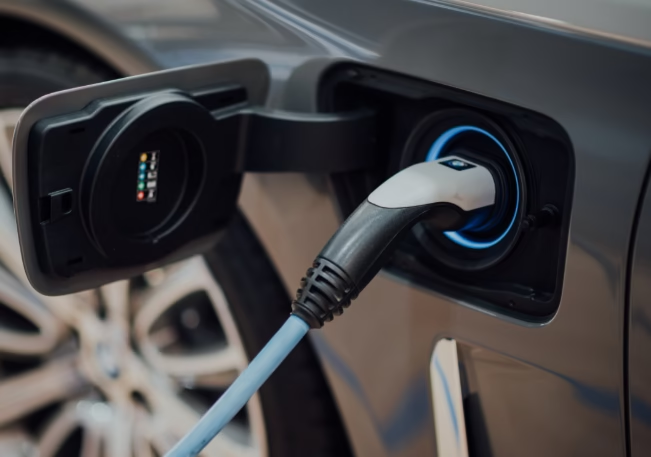In the use of new energy vehicles, fast charging and slow charging are choices that car owners often face. What is the difference between them? Fast charging, with high power, can replenish a large amount of electricity for the vehicle in a short time to meet emergency travel; slow charging, with low power and gentle charging, protects the battery life. There are significant differences between the two in terms of charging speed, equipment cost, and impact on the battery.
1 Comparison of fast charging and slow charging characteristics
✅1. Different charging interfaces Fast charging: There are 9 round holes for connecting DC charging guns. Slow charging: There are 7 round holes for connecting AC charging guns.
✅2. Different charging time Fast charging: The battery can be charged to 80% in about one hour. Slow charging: It takes 6-8 hours for a general car to be fully charged.
✅3. Different thickness of charging cable Fast charging: The current and voltage are relatively large, and the charging cable will be thicker. Slow charging: Generally 7kW low power, the charging cable is slightly thinner.
✅4. Different volume of charging piles Fast charging: A converter is required, which is generally larger than slow charging. Slow charging: Through the conversion of the car’s rectifier, the volume will be smaller.
✅5. Different prices Fast charging: It is relatively expensive, and the bare machine generally starts at about 10,000. Slow charging: The price of slow charging piles is generally around 800-7000.
2 Working principle of fast charging (DC fast charging)
Fast charging rectifies the three-phase four-wire AC 380V ±57V voltage into DC through a DC charging pile. This DC current is relatively large, generally between 150 and 400A, and can provide charging services for new energy vehicles in a short time. Due to the large current, charging is generally completed within 20 minutes to 2 hours of parking.
3 Working principle of slow charging (AC slow charging)
Slow charging, that is, slow charging, is also called conventional charging. This method mainly connects to the AC charging port through a household power plug and an AC charging pile, and converts 220V AC into 330V DC through a car charger to charge the power battery.
Slow charging uses a small current constant voltage or constant current charging method, usually charging time is 5 to 8 hours, or even up to 10 to 20 hours. This method uses the on-board charger to convert 220 volts of AC power into 330 volts of DC power to charge the battery of new energy vehicles.
4 Advantages and disadvantages of fast charging and slow charging of new energy vehicles
Fast charging
Advantages: Short charging time, saving time, converting AC power into DC power through a rectifier, and higher requirements for the pressure resistance and safety of the power battery pack.
Disadvantages: The current and power are large, there may be virtual electricity, and the charging process will cause the battery to generate high temperature, accelerate battery aging, and shorten the battery life. Large size and high price.
Slow charging
Advantages: Charge the device battery at a lower speed, almost no virtual electricity, slow charging power is generally 2.2 kilowatts, which is several times less than charging, which can not only reduce heat and battery pressure, but also help to extend the life of the battery. Small size and cheap price.
Disadvantages: Long charging time, it takes a long time to fully charge the battery pack with low power.
















Leave a Reply